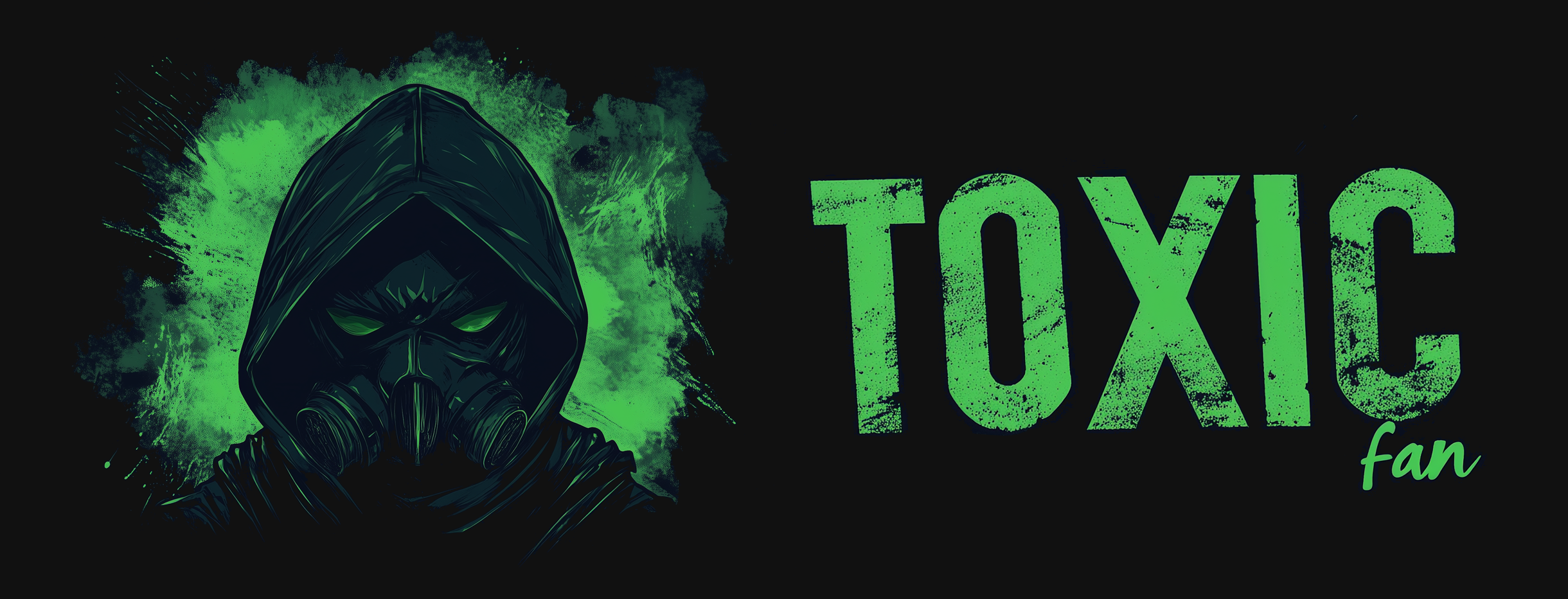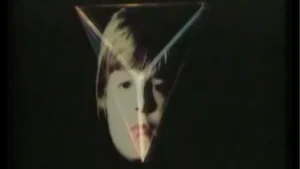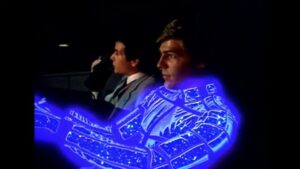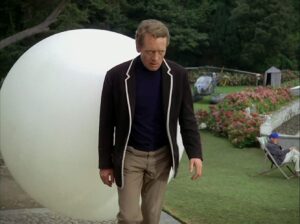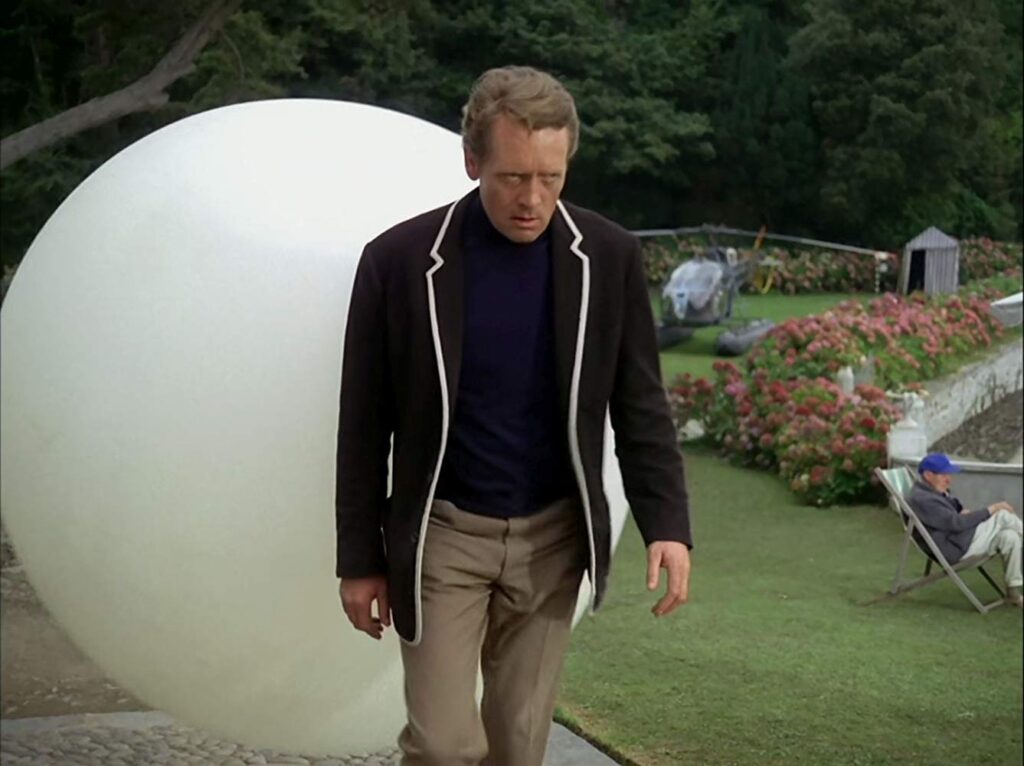
Patrick McGoohan | The Prisoner. Photo credit: CBS
Ah, “The Prisoner,” the TV series that made viewers question everything, including their own sanity and whether the BBC was secretly slipping LSD into the tea supply of 1960s Britain. For seventeen mind-bending episodes, this show took the spy genre, turned it inside out, gave it a colorful blazer, and then gaslit it into believing it was actually a philosophical treatise on the nature of individuality and freedom. And somehow, it worked.
Let’s start with the premise, which is deceptively simple until it absolutely isn’t. Our protagonist, known only as Number Six (played by Patrick McGoohan, who also created the series because apparently being just an actor wasn’t confusing enough), resigns from his job as a spy and subsequently wakes up in a charming coastal village that’s essentially a cross between a holiday resort and a maximum-security prison. The Village, as it’s called with characteristic British understatement, is a place where people are assigned numbers instead of names, everyone smiles just a bit too widely, and giant white balloons called Rovers ensure no one leaves – by suffocating them if they try. You know, typical British seaside stuff.
The Village is run by Number Two, except it’s never the same Number Two for very long. The role rotates faster than Britain changes Prime Ministers, with each new Number Two trying increasingly bizarre methods to break Number Six and discover why he resigned. These methods range from mind control to identity theft to outright reality manipulation, suggesting that The Village has an unusually generous budget for a secret prison. One can only imagine the expense reports: “One giant white balloon: £500. Elaborate mind-breaking scheme: £10,000. The look on Number Six’s face when he realizes his whole life is a lie: Priceless.”
One can only imagine the expense reports: “One giant white balloon: £500. Elaborate mind-breaking scheme: £10,000. The look on Number Six’s face when he realizes his whole life is a lie: Priceless.”
Throughout the series, Number Six steadfastly refuses to be broken, repeatedly declaring “I am not a number, I am a free man!” – which, ironically, becomes his most identifying characteristic. He spends his time trying to escape, uncovering conspiracies, and engaging in cryptic conversations that sound profound but could just as easily be nonsense. The show walks a fine line between brilliant social commentary and complete absurdism, often leaping gleefully from one to the other mid-scene.
The series is packed with symbolism, from the penny-farthing bicycle logo (representing progress controlled by The Village) to the ubiquitous umbrellas (possibly representing conformity, or maybe it was just always raining during filming). Viewers in the 1960s were left to ponder deep questions like: Is The Village a metaphor for modern society? Is Number Six actually a prisoner, or is he the jailer? And most pressingly, where can one get one of those nifty blazers with the piping?
And then there’s the finale, an episode so legendary in its confusion that it makes David Lynch films look like children’s bedtime stories. It involves a missile launch, a masked ball, Number Six possibly being Number One (or everyone being Number One, or no one being Number One), and a butler who may or may not be a monkey. It’s the kind of ending that doesn’t so much tie up loose ends as set fire to them while dancing around the flames singing “Rule, Britannia!”
It’s the kind of ending that doesn’t so much tie up loose ends as set fire to them while dancing around the flames singing “Rule, Britannia!”
The show’s influence can’t be overstated, even if most of that influence consists of other shows demonstrating how to have endings that actually make sense. It pioneered the art of the mind-screw narrative, proved that television could be both wildly entertaining and intellectually challenging, and showed that you could get away with almost anything if you did it with enough British conviction.
“The Prisoner” remains a testament to the power of individuality, the dangers of conformity, and the importance of standing up to authority – even when that authority has really nice beaches and provides free pennyfarthing-based transportation. It’s a show that dared to be different, refused to explain itself, and left its audience both utterly confused and strangely satisfied.
In the end, whether you see it as a profound meditation on freedom and identity or just seventeen episodes of a very angry Brit shouting at balloons, one thing’s for certain: they really don’t make TV like this anymore. Although given how many people the original series drove to the brink of madness, that might be for the best.
Be seeing you.
